English Dub Season Review: Radiant Season One
Avoir, mon ami.
The Shonen genre of anime is not exactly starving for new entries. Walk a couple of feet and you’ll trip over five motivated teenagers with special hidden powers who want to become magic ninja pirate president. Throw a rock in any direction and you’ll hit eight more. The formula is a tried and tested one, meaning that there are likely characters, plots, and scenes you could pull from any number of them that would seem like near exact copies of each other. However, for someone like me who has grown up on the Dragon Ball, Yu Yu Hakusho, and the Big Three of Naruto, Bleach, and One Piece, I still find myself drawn to more recent takes, including ones that come from outside of Japan.
Radiant is an adaptation of the French comic, or “manfra”, of the same name, and shows the author, Tony Valente, has a similar fascination and love for these types of stories. The treatment of the plot and characters are imbued with the same level of thought and layers that I’ve seen in some of shonen’s most memorable, even when animation doesn’t quite live up to that. There are even some sporadic moments of filler to annoy me and almost make me stop watching! It’s just like watching Naruto and Bleach in 2008 all over again! For all the good and bad that implies.
PLOT:
Episodes 1-5:
The first batch, while not really an arc, introduces us the protagonist Seth, the core cast of Melie and Doc, the setting, factions, and rules of the world, and establishes Seth’s own big naïve goal of destroying Radiant, the source of all the monsters called Nemeses. But what really held my attention is how it handled the treatment of Sorcerers from multiple angles and what it said about the world Seth was stepping into. From the start, it was clear that even with his special powers, the deck was stacked against him as someone who would always be suspected, feared, and hated simply for being who he was, making his boundless optimism and heart all the more endearing.
Episodes 6-10:
The next set, however, would prove to be the weakest segment of the season, being made up of almost entirely anime-original stories and not from the source material. While this isn’t bad in and of itself, they did feel noticeably more like padding than anything that accomplished much. But I’ve come to understand their purpose upon reflection, even if the execution didn’t quite make up for it. While the sorcerer sanctuary city of Artemis was introduced in the fifth episode, the story arc after it basically has the characters leaving it right after, not giving the audience a chance get used to the place, which is where these episodes came in to establish a status quo before that gets shaken up.
The problem is that the plots they went with were, again, clearly more padding things out than doing anything of note for the story, which was concerning when the season only had 21 episodes to work with. Some felt like they had some worth on paper, like Seth needing to hone his magic in Ep 6 and revisiting a stronger plot from the first part in Ep 8, but others were pretty much just pointless wacky hijinks (Ep 7) or just a straight-up recap to fill out an already weak plot (Ep 10). And I’ll get to Ep 9 later. It just makes me wonder if they couldn’t have used that time to maybe look at Artemis’ supposed “Academy” aspect or whatever was mentioned about curses Sorcerers have to deal with and the possibility of being removed. So while I do now understand why these episodes were here at all, I still think they shouldn’t have made so transparently to fill time or set up things better executed later on.
Episodes 11-19:
Though with those episodes setting expectations so low, that only set the stage for the Rumble Town arc to completely blow them out of the water. Taking up nearly half the season, this returns the show to covering material from the comic, which really shows in how the sophistication of the storytelling ratchets up. The main characters take a job in the eponymous Rumble Town, which immediately sets itself apart from Artemis by showing just how harshly sorcerers can be treated by people who hate and fear them. It also challenges Seth’s goals and narrow view of the world by forcing him to face how every side has their good eggs and bad apples, as well as the fact that he can’t save everyone, but also why his objective of trying to help everyone are more important than he knows.
This is the strongest part of the season by a country mile, with a fully fleshed out plot and new characters that bounce off the established mains and provide a great expansion of the ideas the story began with. While the pacing is a little wonky at times, the mystery of the issue in the town unfolds at a good tempo to keep the audience invested throughout. First it makes use of how dangerous and unknown the area is compared to Artemis, then it shows the people living there who are discriminated against, then it shows the antagonists’ true hatred and bigotry in full display before finishing him in an exciting battle, followed by the more tragic villain’s fight being more emotionally complex, and lastly a look at battles to come and a slower and somber epilogue. A quintessential guide on how to make a great arc, if I’ve ever seen one.
Episodes 20-21:
And then we head back to filler for the last handful. While Ep 20 is mainly a sequel to two of the previous filler episodes, the finale is constructed as a way of putting a proper cap on the season, much like the sixth through tenth were about providing a breather between plot points. I have to admit that it felt like a considerable let down to have to go back to that after such a rush from Rumble Town, especially since I’d rather have the show go out on a high note, but I begrudgingly have to accept the functionality of it. Plus, the confirmation of a second season coming in October seems to show that these efforts have paid off. Still, I’m hoping that means the next season will have a stronger conclusion than this.
CHARACTERS:
Saving Seth for last since he has the most to talk about!
Melie & Doc:
While they share the spotlight with Seth, Melie and Doc definitely don’t get the same level of development as he does, which is a shame. Melie is certainly a delight to watch, being the chipper and adorable girl to help lighten up the mood or the grizzly badass whenever her curse makes her switch personalities, but we don’t go into much about her past or motivations. The most we get is a brief blink-and-you’ll-miss-it flashback where she apparently blames herself for not being able to save them, but that’s about it. She also seems to maybe possibly sorta be gaining feelings for Seth, but based on this genre usually handles romance, I don’t expect much to come of that for a LOOOOOOOOONG time. Still, Caitlin Glass (who incidentally directed the dub) is clearly having a fun time giving this character her life and energy.
Doc gets even less opportunity to flesh out and so is mainly stuck as the straight man/stick in the mud. He has a recurring gag of pining for a coffee girl with a disapproving dad-puppet, which gets old pretty fast AND borderlines on creepy, but he’s also, pragmatic, level-headed, and knowledgeable about the situation most of the time, which keeps him from being a total load. But the main notable character growth he gets this season is ironically when he physically shrinks as he finds out about his curse as a sorcerer. Where Seth gets cool horns and Melie gets a split personality, Doc…can shed his skin and turn into a baby. This happens pretty late in the season and leads to a few more comedic bits, but he pretty much ends it the same person he started with, even though he does lose a few pounds.
Alma & Yaga:
Seth has two key mentors during the season, his surrogate mother Alma and his Yoda-expy Yaga, and the two are similar in a lot of ways. They’re both experienced sorcerers who are mostly stern but well-meaning (with apparently some history between them), but Alma looks to be the more complexly written of the two. She and Seth both share a loss of memories before a certain point, so she ended up raising him for a lot of his life and saving him from cruel humans for much of that time up until the events of the story. Once he gains his goal of destroying Radiant, she lets his head out and exits the story until the last few episodes, but the love between them is very quickly made apparent.
Then there’s Yaga, who takes over the teacher role after Seth reaches Artemis, but while he provides good lessons for Seth (and the audience) to learn, like how great power should be used for helping others or how you shouldn’t judge every person simply by the group they fall into, his relationship to Seth feels considerably more impersonal than Alma’s, to the point that his presence is quickly forgotten once Rumble Town starts and he disappears entirely when they get back. It almost feels like Alma should have just hung around the whole time, but then that would lessen the importance of Seth trying to make it on his own. Maybe more Yaga in Season 2?
Dragunov & Conrad:
Dragunov and Conrad provide two sides of the same coin for their anti-sorcerer faction, the Inquisition. Dragunov shows up first and is more prominent throughout the season, being the cool, calm, and collected bad guy who cares more about protecting people than the fighting sorcerer aspect…which kinda makes him not really a bad guy at all. In fact, his first focus episode, Ep 9 (which is amongst the other filler surrounding it), stresses the idea that not all of the Inquisition are bad people (though some definitely are). And as I mentioned in my review of that particular episode, this is not a bad idea in and of itself, but up until Conrad showed up, there didn’t seem to be much of an actual threat for the protagonists to face for a significant portion of the season. So, while it’s interesting to see how Dragunov gets one of his soldiers to come around on liking him and his methods, it made that portion of the series feel pretty limp.
And then it turns out he actually works better when working off ACTUALLY EVIL Inquisitors, which is where Conrad comes in. Having apparently worked under Dragunov previously, we learn later that Conrad is so fueled by fear and hate of both sorcerers and immigrants coming into Rumble Town that he arranged to have sorcerer children killed and then killed his other superior, Oxumare, to gain control and wipe out the rest later on. He’s shown to be driven by pettiness and ignorance, being willing to wipe out whole sections of the city he’s responsible for just to get rid of people he deems lesser than him. Which makes it all the more satisfying when Seth beats him down with barely any effort. But then once he’s gone, it feels like the tension is once again depleted, so here’s hoping more lovably hateable villains emerge in later episodes.
The Thaumaturges:
There isn’t a ton to say on the Akatsuki/Espada of this series, the Thaumaturges, who act as the major fighters among the Inquisitors. Almost all of them are, as of now, only really defined by one or two character traits that I’m sure will get expanded on when they get their own proper plots to play in later, but until then they’re pretty flat. Torque at least establishes himself as the big boss to beat with a clear ideology he follows when he mentions he simply wants a world with order, as well as showing his fighting prowess when he takes on Seth handily, just as Tepes acts as the sacrificial lamb to be beaten in one hit to show the difference in ability, though that’s all for them for now.
The one major member of note would be Piodon, who is revealed to be Seth’s older brother and shares a similar curse. Besides the interesting quality of being a sorcerer working for an organization that is blatantly Anti-Sorcerer, he also takes Seth aside to ask him about which side he’s really fighting for while listing all the reasons that choosing one would have its downsides, including the Inquisition. But just like the rest of his group, this is clearly something that has more planted in the future than now, so I can’t elaborate on much more than that.
Taj & his Family:
Taj serves the role as both being part of a family of immigrants dealing with persecution within Rumble Town, as well as a new sorcerer who is just learning about their curse and how they react to living in such a discriminatory area. Curses in this show range from strong headaches to aesthetic detail like Seth’s horns to an involuntary physical reaction to mental instability, showing that they live up to their names as things that are, at the very least, pretty inconvenient in a world that often hates you for having them.
And so Taj’s lives up to that by having him sneeze purple snot, which is family tries to hide as nothing but a cold. When this ruse doesn’t work, Taj is nearly burned at a stake during Conrad’s hate riot until he’s saved by Seth. He doesn’t get a ton of development or learn anything new about accepting himself, seeing how he seems to understand that it’s everyone else’s problem and not his, but it would have been interesting to see him learn how to use spells in Artemis (though his family likely wouldn’t have been able to afford it). He served his purpose well as putting a face to the suffering in the city and showing a glimpse at how sorcerers try to survive in the world.
Hameline:
On the other hand, we have Hameline, who is probably this show’s most developed and complex character despite only getting proper focus for a handful of episodes. She was brought over to Rumble Town as a prisoner with three other sorcerer kids to act as their defense force against Nemeses since sorcerers are used as protection against them despite their own persecution. While there, they befriended the superior in charge of the prison, Oxumare, but he and her friends were killed through the schemes of Conrad. While running for her life, she ran into invading Nemeses and found they were more friendly than the people she was supposed to protect, and so ended up living with them for twelve years while harnessing her abilities as a Domitor (a sorcerer who can control Nemeses with their magic), planning on exposing Conrad and killing all who got swept up in his hate.
To do this, she re-emerged later as someone who could recreate the tragedy that Conrad caused to get rid of the immigrants and sorcerers, proving once and for all that he was an evil man who was leading sheep who were just as guilty. But her encounter with Seth, which I consider to be the highlight of the season, showed her that she wasn’t alone in her pain. They had both been hurt or attacked by people in their past, but she only found reasons to give into it and hurt people back, while Seth hoped to help everyone so that no one would have a reason to fight. And yet, her life was cut short trying to help him get away. She was a powerful and intelligent sorcerer, but her final moments taught Seth that he wasn’t wrong for trying to save her, even if he still had a long way to go to make his plan work.
Seth:
And lastly, we come to our protagonist. I usually cover leads right upfront since they are the first key character of the story, but Seth seems an odd case in that he is the most developed of the cast by a wide margin. This would normally be considered the ideal situation, as your main character should be the one going through the most growth, but Seth’s changing outlook reflects the growth of the outlook the story has on the world of Radiant AS a story.
Being basically a child, he starts the story believing strongly that the world is divided into good sorcerers, bad Nemeses, and Inquisitors who unfairly hunt them. That first point is soon negated when he meets the Bravery Quartet, sorcerers who make use of Nemesis attacks to take advantage of people who hate them, showing that simply being a sorcerer doesn’t make one good. Then, while their first meeting isn’t on the best of terms, he finds Dragunov is more concerned with helping others than hunting him, even when that’s the Inquisition’s main purpose, then finds his own brother is in it as well, showing the Inquisitors aren’t a monolith either. And lastly, he learns through Hameline that she has made a family with Nemeses and tells him that they aren’t all bad, meaning that they’re not automatically evil at the end of the day and making Seth question what good he can do in the world when things aren’t as simple as he first thought.
Even his goal of finding Radiant and destroying it has more to it than it first seems. The plan comes about because he notices the connection between people fearing sorcerers because they also fear the Nemesis, so destroying the source of the Nemesis will automatically mean they’ll have no reason to fear sorcerers, right?! Well, putting aside how even THAT sounds like a stretch, nobody even knows where Radiant is, making finding it seems impossible. It’s basically the equivalent of searching for world peace, which is what this all amounts to. Radiant represents Seth’s hope for the world to be at peace and take care of everyone, but his journey so far has shown him that’s a lot more complicated than he ever thought.
By the end of the season, he’s just frustrated with himself because all the power he has (even some hidden SUPER powers that he never knew he had) seems to only be making things worse or not changing anything, but he’s also given clear proof that the people he’s helped are better because he got involved. His journey is likely to be a long one, but it matters. It just might not be enough, at least not yet.
CONCLUSION:
At the end of the day, Radiant is nothing revolutionary. It’s pretty standard or mediocre in plenty of aspects that it shares with other Shonen stories and it is one main novelty is that it was written in a different country. But I don’t think that should take away from its strengths, which are quite impressive. It portrays a world of characters from different backgrounds and mindsets that compliment and challenge each other to grow and learn more, which is what this type of story should be all about. While it has some obvious pacing issues that might turn away impatient, those who stick around will find something special. Radiant is not likely to get as much attention as My Hero Academia or Black Clover, but I hope that this can net it at least a few more viewers. In the meantime, I’m very much looking forward to the second season in October.

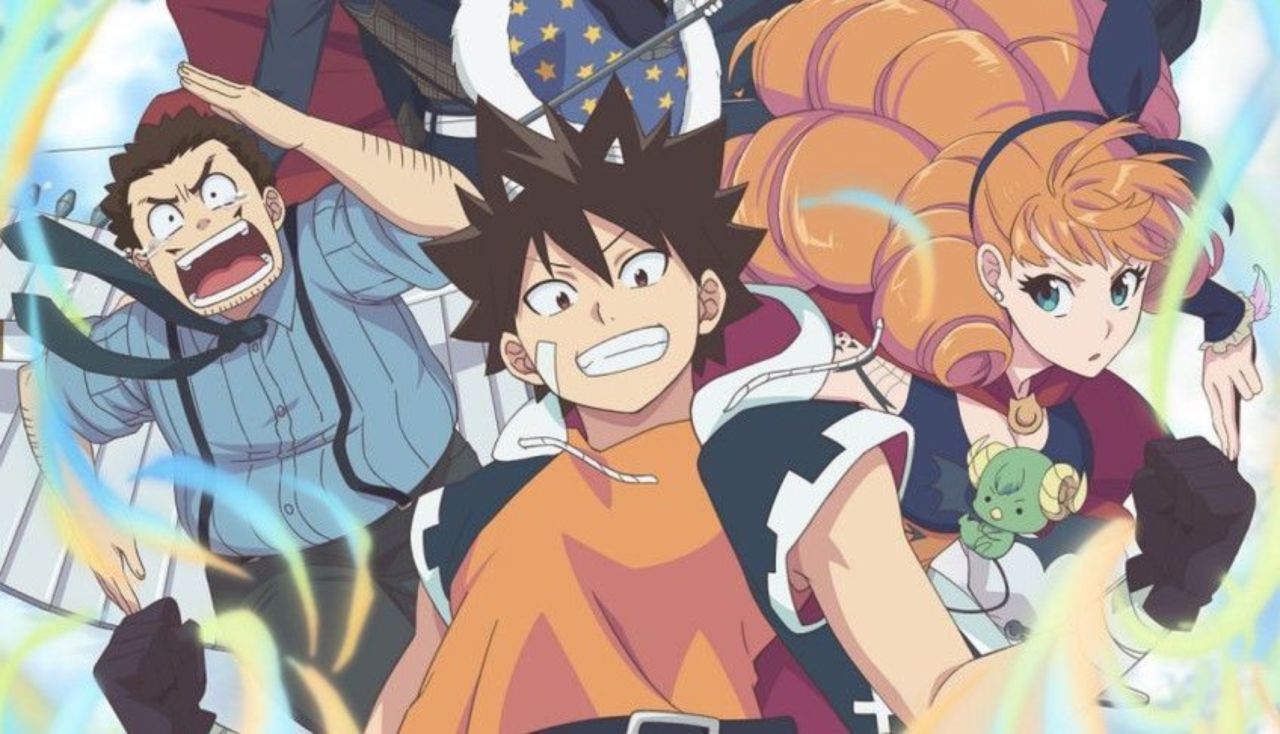
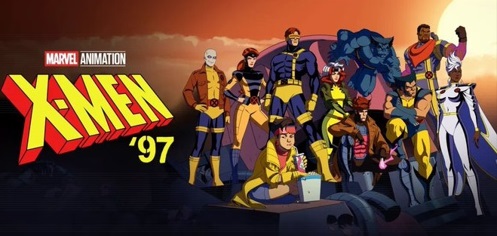
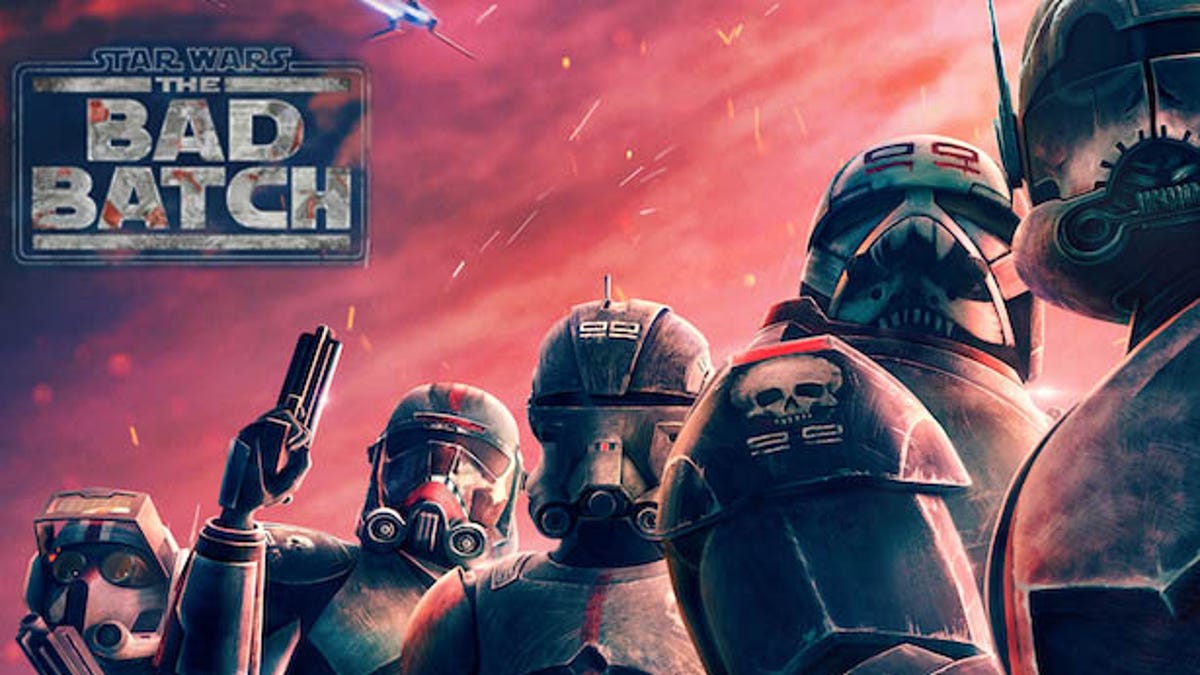
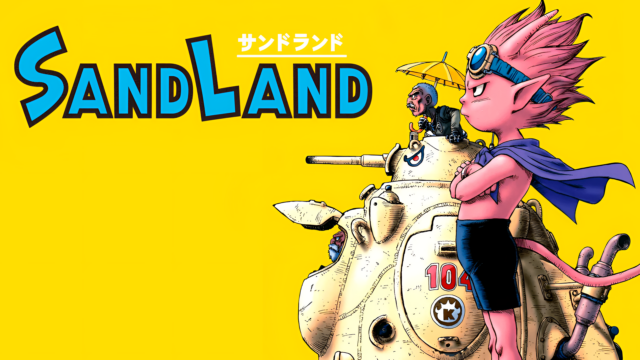


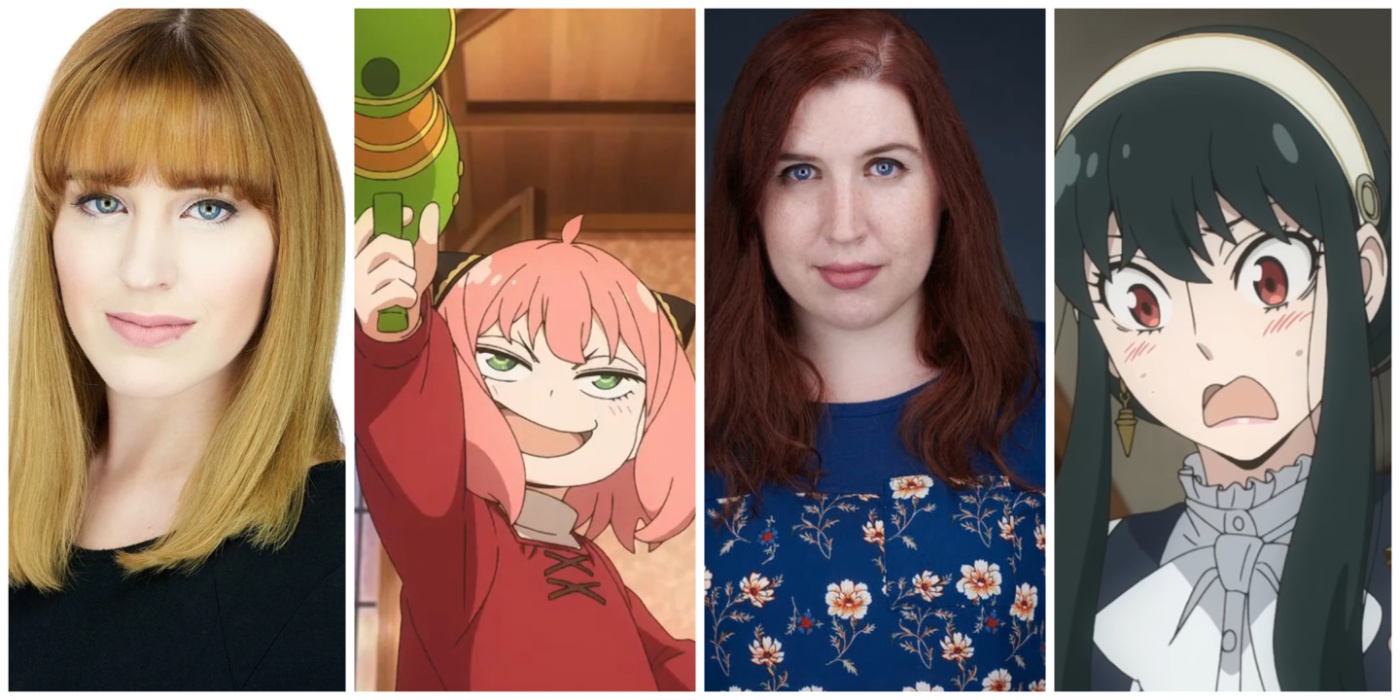












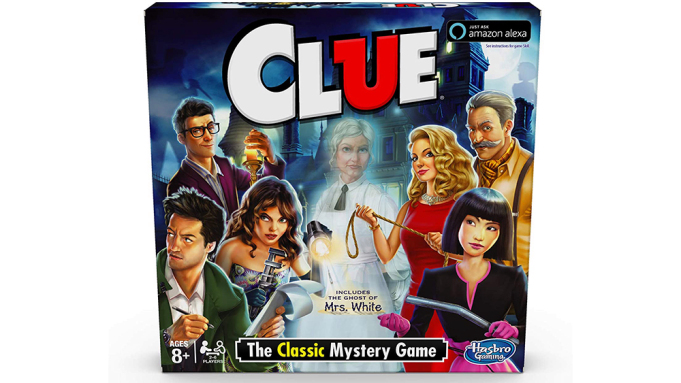




I'm hired!